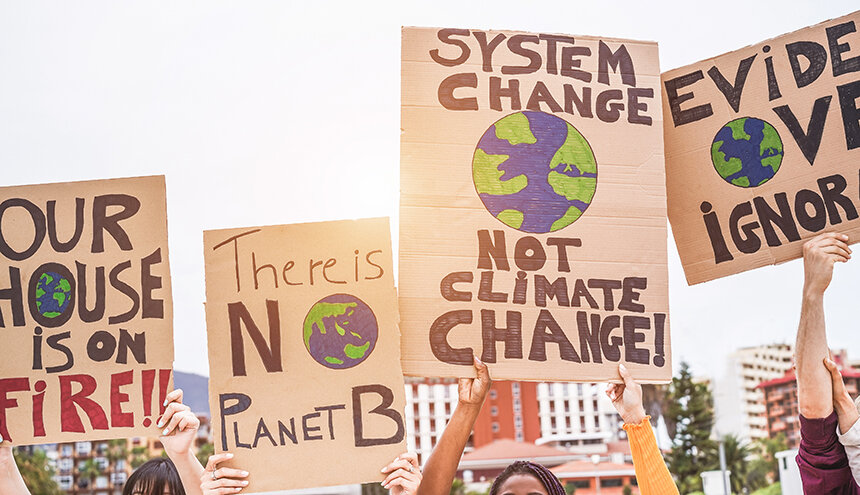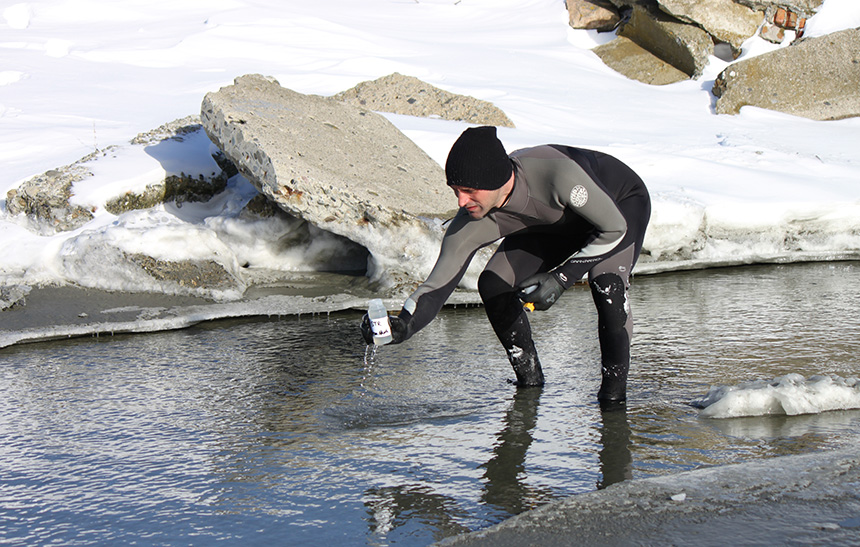Under Construction: Green Justice Zones in Providence
August 31, 2020
Changes are coming to Olneyville and the South Side of Providence.
In a recent Thursday virtual meeting, members of the city’s Office of Sustainability and the Racial & Environmental Justice Committee (REJC) presented two impending projects to the public: a public access point to the water on Allens Avenue and a mutual aid hub in Olneyville. These areas have been designated as “Green Justice Zones” by the city’s Climate Justice Plan.
“The public access point on Allens Avenue would be a place with trees, benches, signage, and also include some traffic calming in the area,” said Andrea Atkinson, a member of the REJC. “In addition, to address climate change, there would be measures to reduce flooding, as well as mitigate the heat-island affect by adding plants and natural areas.”
The mutual aid hub in Olneyville will act as a place that, during normal times, people could use to access WIFI and in times of crisis could serve as a distribution site for water and food.
The projects were selected by the communities after a number of meetings and surveys, where the public was able to voice its preference for certain projects over others.
“We’ve been working since March to talk to folks about what they would want out of improvements,” Atkinson said. “We had a number of meetings and we had a number of surveys that went out to understand what is the experience of folks in Olneyville and South Providence.”
The projects will be funded with $1 million as a part of Providence’s latest Capital Improvement Plan (CIP), which outlines all of the investment projects — think roads, buildings, and other infrastructure improvements — that will take place over the course of the next five years.
“This year we allocated $1 million from the CIP, set aside specifically for the Green Justice Zones, so that means capital improvements in two neighborhoods, one in Olneyville and one in South Providence/Washington Park area,” said Leah Bamberger, the city’s director of sustainability. “These areas were specified for climate resilience investments because they have been historically disinvested in and it is where our frontline communities are most concentrated. These areas are where low-income communities of color predominantly live and these are the same neighborhoods that have been overburdened by environmental issues.”
During the next month, city officials are looking to have a larger committee of Black, Brown, and Indigenous people help push the projects forward and provide community input for other projects and future needs.
“Now we’re looking for folks to join us in creating the bigger committee, a bigger cohort of people to help us get more people involved in saying what it is we want in our communities,” said Monica Huertas, a member of the REJC.
“This work is really rooted in collaboration,” Bamberger added.
For Terri Wright, a local activist and member of the Providence-based Tenant and Homeowner Association, these projects are a great start to a better future for these communities.
“I’m ready to get a bathing suit, tell my kids let’s go down, there’s access to water in the hood!” she said. “I’m just really happy about the changes we’re bringing to our environment and the community.”



